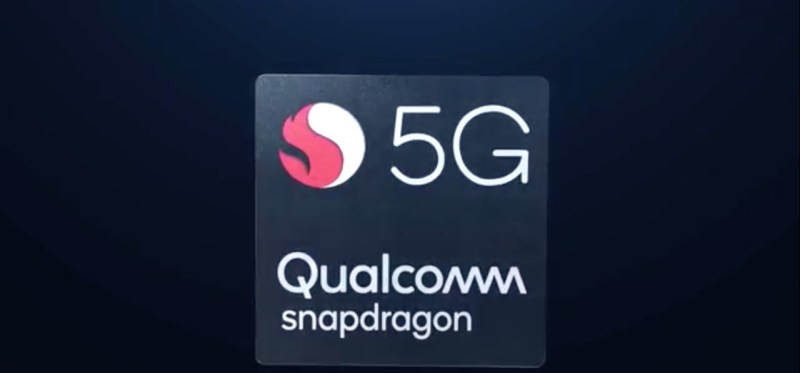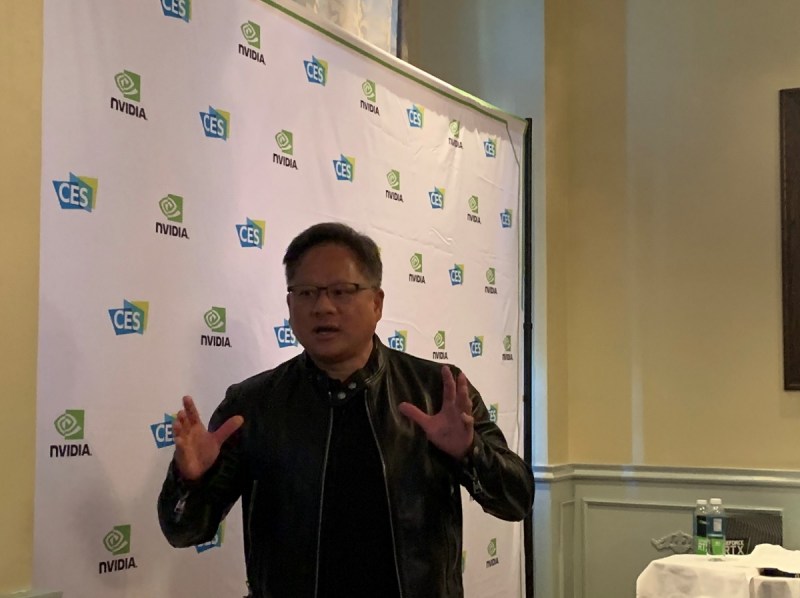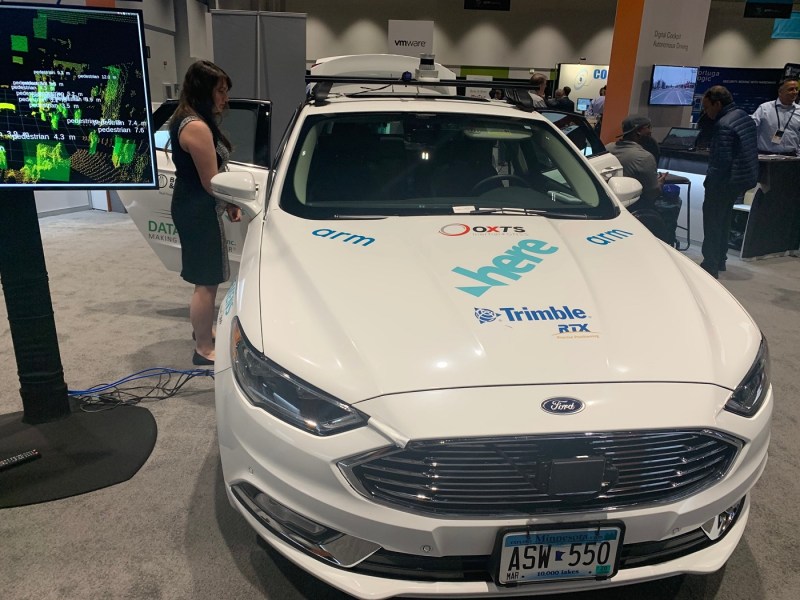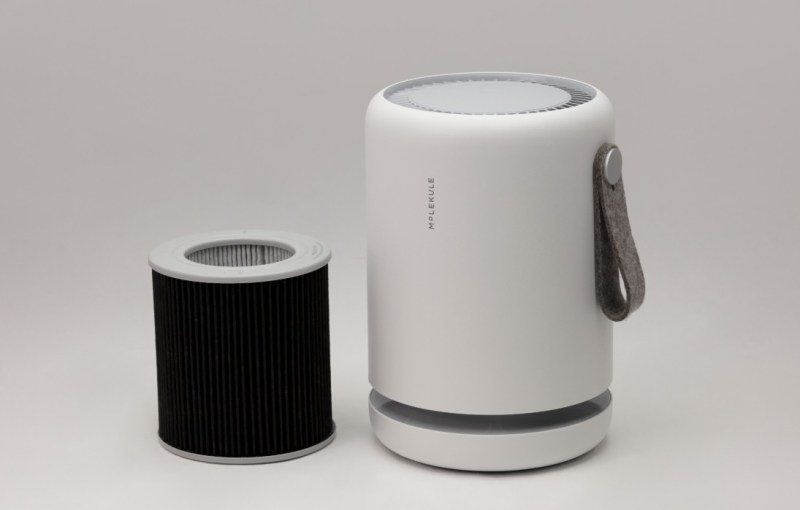Next week at the Consumer Electronics Show, we’ll see and hear about the latest tech trends, from 5G networking to video streaming services and self-driving cars. Those aren’t new trends, but they will be stronger and more practical than ever before, thanks to the continuous forward march of technology.
Starting Sunday, around 6,000 press will converge on Las Vegas for a couple of press days ahead of CES 2020, the biggest tech trade show and the flagship event of the Consumer Technology Association, the lobbying group that represents the tech industry. If it’s your first time to the show, check out my tips and tricks for CES.
By Tuesday, the main show floors will open with 4,500 exhibitors across more than 2.9 million square feet of space, according to Karen Chupka, executive vice president of the CTA. About 170,000 people are expected to attend, down somewhat from 175,212 last year. But it’s still going to be one of the most important events of the year, signaling the trends ahead for tech.
And while CES is still a place for the giants like Samsung and Sony, the show will have 1,200 startups — up from 1,160 startups last year — in its Eureka Park section.
June 5th: The AI Audit in NYC
Join us next week in NYC to engage with top executive leaders, delving into strategies for auditing AI models to ensure fairness, optimal performance, and ethical compliance across diverse organizations. Secure your attendance for this exclusive invite-only event.
The big trends

Above: Qualcomm 5G chip
We’ll also see the internet of things filter its way into smart homes, smart buildings, and smart whatevers. Artificial intelligence — buoyed by successes in computer vision, neural networks, and machine learning — will be pervasive. Blockchain startups will still be scrambling for their share of attention, as will anything that saves us battery life for our gadgets.
With health tech, I’m expecting to see more solutions than ever that target elderly people and their caregivers, as tech has finally woken up to the demographic trend of the baby boomers get older. Tech isn’t going to be just for the young anymore. Such devices include fall alerts, wearables to detect health problems, and ways to organize a caregiver’s life.
Overall, health and wellness exhibitors will be up 25% in exhibitors and 15% in square footage. I’m still hoping that sleep care solutions will get a lot smarter and more practical.
We’ll also see controversy, as some people are protesting that the CTA announced Ivanka Trump, advisor to the White House and the daughter of U.S. President Donald Trump, will hold a fireside chat with CTA CEO Gary Shapiro (Tuesday at 2 p.m. Pacific). CES will also put esports — the phenomenon where gamers watch their favorite players play video games — into a bigger spotlight. (I’ll be moderating a session on Wednesday at 1 p.m. on how brands are engaging with esports and gaming at 1 p.m. at Aria, Level 3, Ironwood Ballroom).
A year ago, I expected 5G mass deployments to be well underway in 2020. 5G is here, but mostly in places such as South Korea, which always leads the way in mobile. Apple has yet to launch a 5G smartphone, so it looks like the real revolution will hit us in 2021. I do expect that 5G will be transformational, providing instant access to our data and the network, and it will disrupt the cable companies’ hold on broadband services in the home. 5G laptops will be a godsend for mobile workers, and gamers are going to love it, particularly when it’s combined with cloud gaming services. But it’s all moving more slowly than we want.
What’s missing from CES

Above: Jensen Huang goes off script in Las Vegas in January 2019. We’ll miss him at CES 2020.
Some common CES events won’t happen. Nvidia CEO Jensen Huang is skipping his annual Sunday evening keynote this year. And Samsung yanked its Sunday afternoon press event because it has the opening keynote on Monday evening at 6:30 p.m. That means we’ll have a little less vision or fewer products than usual from some of tech’s stalwarts. (Apple doesn’t exhibit at the show, Google doesn’t have a big press event, and Amazon mostly lets its its partners show off its products.)
But Advanced Micro Devices CEO Lisa Su may have some news; she will take the Samsung press slot to talk about how her company will continue its comeback with its Ryzen and Radeon chips.
The square footage for drones will be either flat or below past years, and 3D printing will also be smaller. But do not fear: For the first time, sex tech vendors will be allowed on the show floor, with companies such as Lora DiCarlo and Lioness exhibiting. One of my Facebook friends suggested that we rename the show CEX.
Lots of TVs and cars

Above: Self-driving cars need a standards body to get to the finish line. Minneapolis-based VSI Labs’ research vehicle at ARM TechCon.
Once again, the North Hall of the Las Vegas Convention Center will seem more like a car show, with lots of models from scores of car companies that are creating driver-assisted or self-driving cars.
8K TVs will be plentiful. With 7,680 x 4,320 resolution, 8K TVs will have 16 times the number of pixels as HDTVs, and four times more than 4K TVs. These TVs have been shown off mostly as prototypes or toys for the rich for the past three years, but the TV industry is pushing hard, particularly since the 2020 Tokyo Olympics will be broadcast in 8K.
Companies like Samsung will also be trying to do all sorts of things to keep us lusting after displays. That means the displays will become foldable, thinner, and have smaller edges known as bezels. They will also become sharper and more vivid when it comes to colors. But this is not necessarily what everyone would call disruptive innovation, which is what we’re looking for. It’s more like incremental innovation.
Companies like Samsung and LG will also try to make everyday devices smarter and more connected. Expect refrigerators with displays, washing machines that you can control with a smartphone, and security cameras and robots that guard your home. And companies are vying to simplify our lives by centralizing a lot of control for the internet of things in the TV or voice control devices.
Virtual reality vendors continue to struggle to find a market. It’s hard to tell if they are going to be plentiful at the show, as they are mixed into exhibits with augmented reality and gaming vendors. Overall, that category will be up 30% in exhibitors and 15% in square footage. Smart cities will be up 25% in exhibitors and 70% in square footage.
But VR innovators will continue to push technologies that let you experience more sensations in VR, such as body haptics (touch) and “cybershoes.”
Tech for the rest of us

Above: Carnival’s PlayOcean games are accessible via portal screens on its cruise ships.
I have some hope that there will be some interesting technologies from non-tech companies. My favorite CES talk was a few years ago, when Arnold Donald — the CEO of the world’s largest cruise company, Carnival Cruises — unveiled the Ocean Medallion wearable. That was interesting because it was an example of how technology was infiltrating a non-tech business, where the technology faded into the woodwork and the woodwork itself got smart. Carnival is now outfitting its 100-plus cruise ships with the technology.
Last year, Procter & Gamble showed up with cool uses of tech in ordinary products, such as putting sensors and AI into products such as skin advisers, heated razors, and more. It will be back this year with more products that promise the same kind of creativity as last year’s products, which included a blemish remover that worked well on my face.
This year, Delta Airlines CEO Ed Bastian will give a keynote speech at 9 a.m. Pacific time on Tuesday. I hope that talk will show how non-tech enterprises can use technologies to improve the way they do business. Let’s hope, however, that the product makers keep in mind that we can’t pay a ton of money for every new tech toy.
Smarter air filters?

Above: Molekule Air Mini
I’ll close with an example of what I want to see the tech companies and non-tech companies do. For the past year or so, I’ve been looking at air filters — generally low-tech devices that you turn on in the hopes that they will take something out of the air that you don’t want to breathe.
In California, with all of the fires that we’ve had recently, making these air filters smarter has become pretty important. If you could make a really good air filter, like Molekule has done with its Molekule Air Mini, that’s great. But it’s a bit pricey at $400, not including costs for filters. So let’s get this product into a more affordable realm, perhaps with more competitors who can do a decent job of cleaning the air. Good technology doesn’t do us much good if it’s too expensive, like the $1,000 showerhead or the $250 pet feeder or the $1,000 smart suitcase.
Molekule itself has a shortcoming in that it doesn’t yet measure the quality of the air and show that to you with some kind of indicator. If you can see, perhaps on a smartphone screen, exactly how dirty your home air is, then you’ll be more concerned about it at the right time. I want to see on my smartphone just how clean my bedroom air is. And if the filter makers promise me that I will get a better night’s sleep, then I want to see how they can measure that.
The Alen BreatheSmart 45i HEPA air filter had Sleepscore Labs do a study on this front, showing that 93% of users said they had a better night’s sleep when using the filter. But I want to see a seamless connection between the sleep measurement, air quality measurement, and filter product — all in a way that I can check on in real time. Now that would be a life-changing product.
Maybe I’ll see that this year. But the air filter folks are among the companies I would like to see come back over and over, with good ideas from past years, only in a more refined, cheaper, and more practical format. At some point, this tech will become part of the fabric of our lives, and we won’t even think of it as tech anymore.


